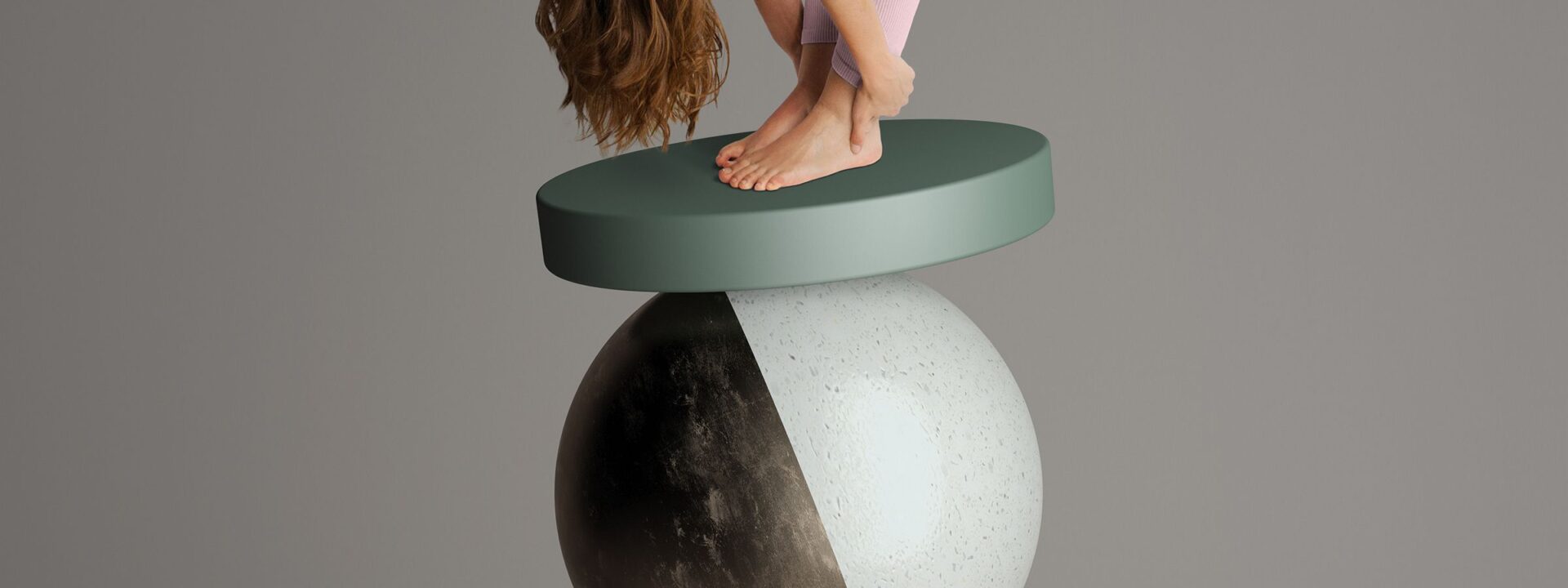Downward-facing dog is a fundamental pose in any vinyasa yoga class. While it appears to be a straightforward full-body stretch, this posture offers a surprising range of benefits, such as enhancing posture—something we can all appreciate after spending hours hunched over phones and computers. Yoga expert Dr. Rebekah Jade Lawrence explains, “This asana counteracts the effects of sitting and carrying heavy loads by decompressing the spine and increasing flexibility in the back of the body.”
Stretching to feel taller
Stretching can boost overall well-being and create a sensation of increased height, which over time leads to better posture. But does it truly “lengthen” muscles and the body? Posturologist and physio-osteopath Francisco Moreno from Palasiet Clinic clarifies: “The idea that stretching can lengthen your figure is more complex than it sounds. While it doesn’t increase bone length, it can improve posture and give the impression of being taller.”
This is all connected to the spine. Throughout the day, gravity and daily activities compress the spine, causing a temporary loss in height. Moreno notes, “This compression impacts the intervertebral discs, which are cartilage cushions between the vertebrae. As these discs compress, a person might seem slightly shorter. Regular stretching helps reverse this effect.”
Why downward dog is beneficial
Downward dog, or Adho Mukha Svanasana, is especially effective at fighting spinal compression. It also focuses on key muscles that often need attention. Cristina Merino, a yoga teacher and co-founder of More Yoga Madrid, says, “It enhances posture by stretching the back and opening the chest. It also increases hamstring flexibility, contributing to more stable walking.”
To maximize the pose’s strengthening effects, Kathi Rüd, founder of Madrid’s Kavi House, recommends: “Engage your arms properly by pressing down and forward with your hands firmly on the floor to feel your back muscles activate. The pose aligns and strengthens the shoulders, triceps, and forearms while toning and stretching the back, legs, arms, and wrists.”
Using downward dog outside of yoga
Beyond building strength and posture, downward dog boosts blood circulation and may aid digestion. That’s why it’s useful to incorporate it into short daily breaks outside of yoga sessions. Merino adds, “You can practice it often without issue, and even add gentle leg pedaling for an extra stretch.”
As many can confirm, moving throughout the day has additional perks, and downward dog is no exception. This inverted pose can reduce stress and anxiety, and by increasing blood flow to the brain, it may clear mental fog and lift your mood. Better posture and a brighter outlook? It’s a win-win.
Curious about a beauty or wellness trend? Let us know! Email Vogue’s senior beauty & wellness editor at beauty@vogue.com.
Frequently Asked Questions
Of course Here is a helpful and clear list of FAQs about how Downward Dog can improve your posture
FAQs Downward Dog for Better Posture
Beginner Questions
1 What is Downward Dog
Downward Dog is a foundational yoga pose Your body forms an inverted V shape with your hands and feet on the floor and your hips lifted high
2 How can a pose on all fours help me stand taller
It strengthens the muscles in your shoulders back and core that pull your shoulders back and keep your spine upright Simultaneously it stretches tight muscles in your back hamstrings and calves that pull you into a slouch
3 Im not flexible Can I still do this pose
Absolutely You can bend your knees deeply to focus on lengthening your spine The goal is to feel a good stretch not to have straight legs or heels on the floor
4 How long should I hold Downward Dog
Start by holding it for 35 deep breaths As you get stronger you can hold it for 30 seconds to a minute
Benefits Mechanics
5 Which muscles does it strengthen for better posture
It primarily works your shoulder stabilizers upper back muscles and coreall essential for holding your torso upright and preventing rounded shoulders
6 Which muscles does it stretch
It provides a deep stretch for your hamstrings calves shoulders and the entire length of your spine releasing tension that contributes to a hunched back
7 Can it help with tech neck or rounded shoulders
Yes By opening the chest and shoulders and strengthening the upper back it directly counteracts the forwardhead and roundedshoulder posture from looking at phones and computers
Common Problems Solutions
8 My wrists hurt What can I do
Make sure your weight is evenly distributed through your whole hand and fingers not just the heels of your hands You can also try making fists with your hands to take pressure off the wrists
9 My lower back feels rounded or strained How do I fix this
Focus on lifting your hips up and back and bend your knees This creates more space in your lower back and shifts the focus to your hamstrings and spine
